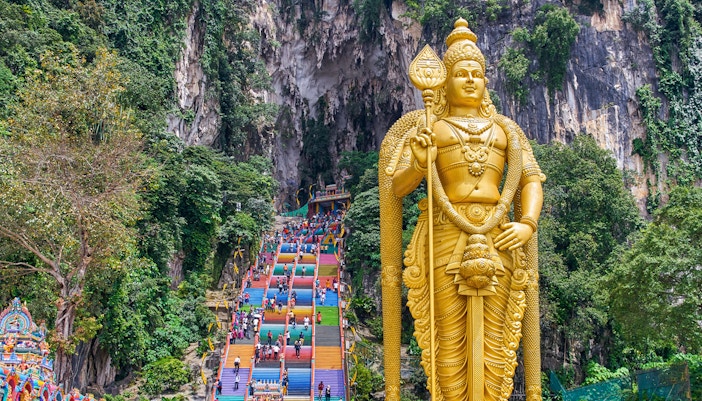Batu Caves rises like a natural fortress with it's steep limestone cliffs hiding temple-lined caverns within. These caves are carved into a 400-million-year-old hill, home to rare species and sacred shrines. At the base, you’ll find one of the world’s tallest Hindu statues; at the top, a cavern that feels like a cathedral. Whether you come for prayer, photography, or pure curiosity, Batu Caves has layers worth exploring. Here are some fascinating facts that help explain why it continues to surprise, inspire, and draw millions each year.









